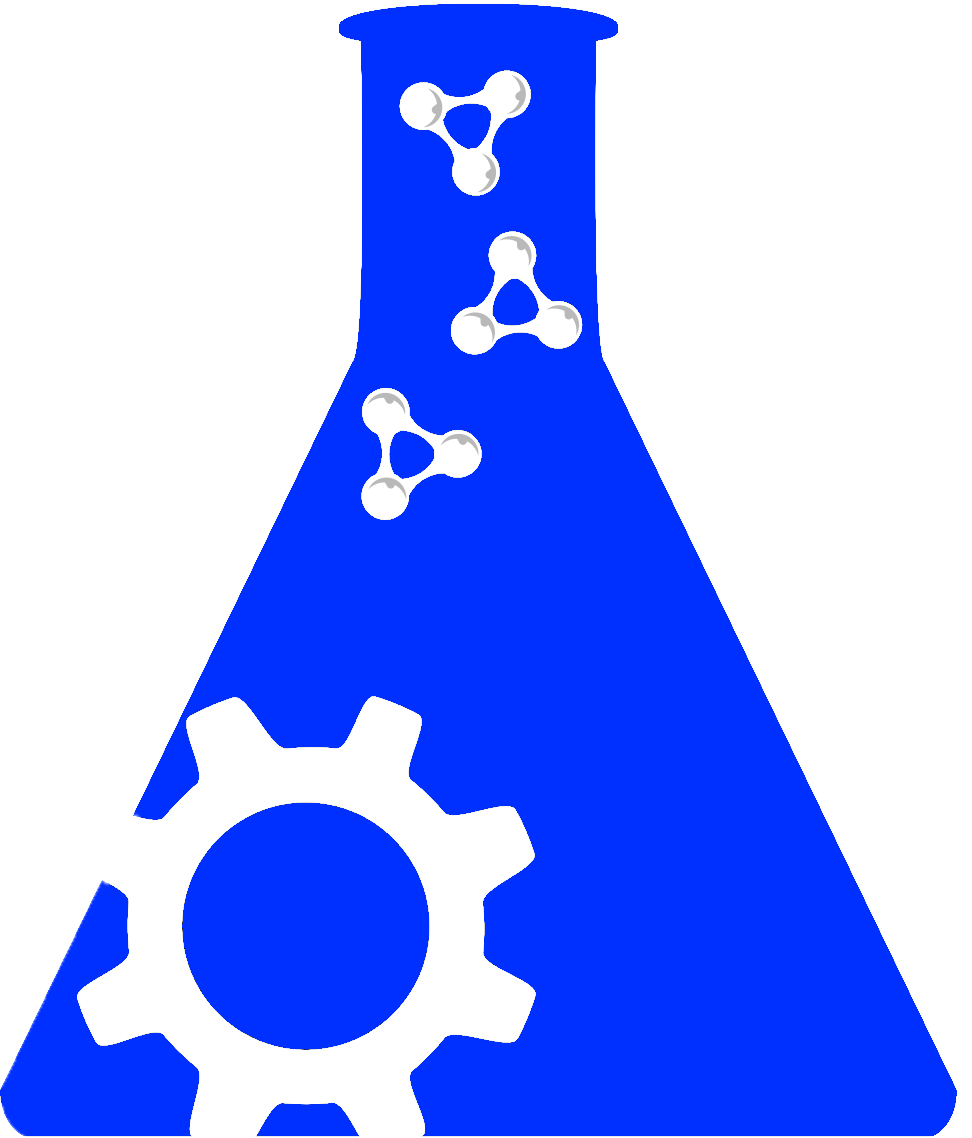Full Data Package |
Data Dictionary |
|||
|---|---|---|---|---|
Create new odc-sci Account and/or log in to download the file. |
||||
Minocycline treatment for acute cervical spinal cord injury in female rats: microbiota compositionDOI:10.34945/F5F30NDATASET CITATIONSchmidt E. K A., Raposo P. J F., Torres-Espin A., Fenrich K. K., Fouad K. (2021) Minocycline treatment for acute cervical spinal cord injury in female rats: microbiota composition. Open Data Commons for Spinal Cord Injury. ODC-SCI: 454 http://doi.org/10.34945/F5F30NABSTRACTSTUDY PURPOSE: Minocycline has been widely studied for its local anti-inflammatory properties; however little is known about its antibiotic and systemic immune effects following spinal cord injury (SCI). The aim of the present study is to elucidate multiple system-wide changes involving the microbiota-immune axis induced by minocycline treatment in a rodent model of cervical contusion SCI (unilateral contusion 125 kdyns at an angle of 15 degrees to the right at C5). This study included 4 groups of adult female Lewis rats: uninjured n=10, uninjured + minocycline n=10, SCI n=8, SCI + minocycline n=9. Minocycline (or sterile water for untreated control groups) was administered at a dose of 50mg/kg via oral gavage for 7 days immediately following injury.DATA COLLECTED: fecal microbiota data: 16s rRNA sequencing data (at the phylum, class, order, family, genus and species taxonomic levels) from fecal samples collected before injury, on the day of injury, 5, 14 and 28 days post injuryDATA USAGE NOTES: The present data shows that 7 days of minocycline treatment had a drastic acute effect on the microbiota composition regardless of whether the animal was uninjured or had a SCI. Later effects of SCI vs. uninjured rats emerged by 28 days post-SCI.KEYWORDSSpinal Cord Injury; minocycline; 16S rRNAPROVENANCE / ORIGINATING PUBLICATIONS |
DATASET INFOContact: Fouad Karim (karim.fouad@ualberta.ca)Lab: Karim Fouad
|
|




